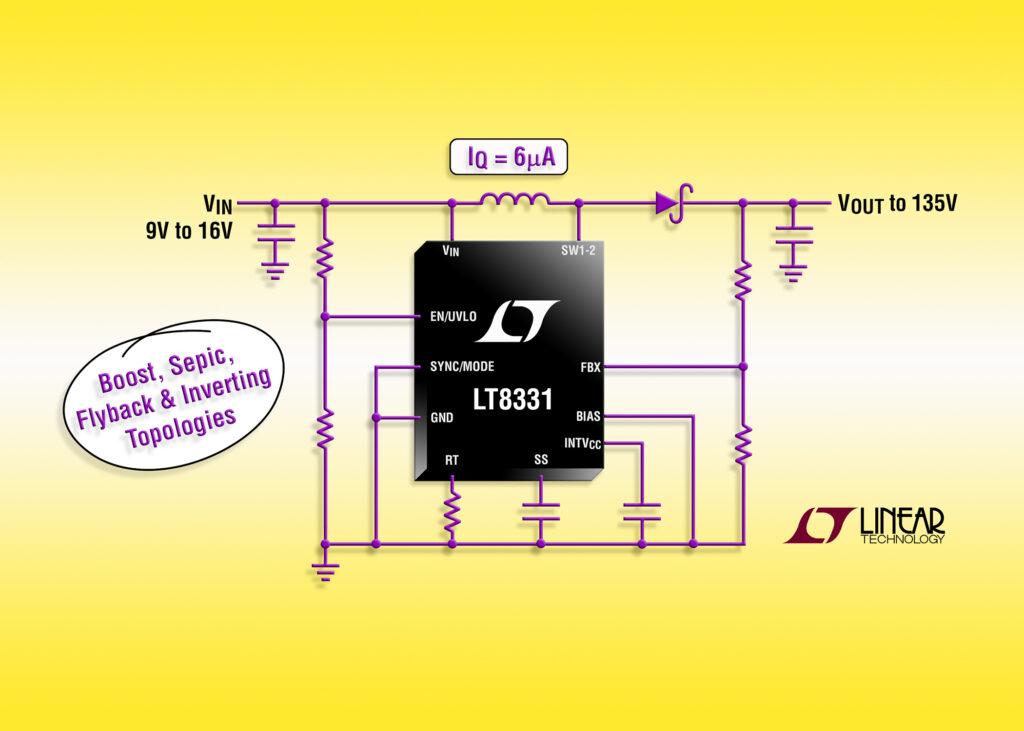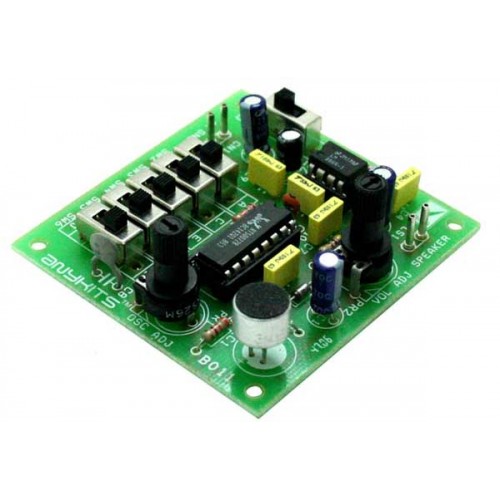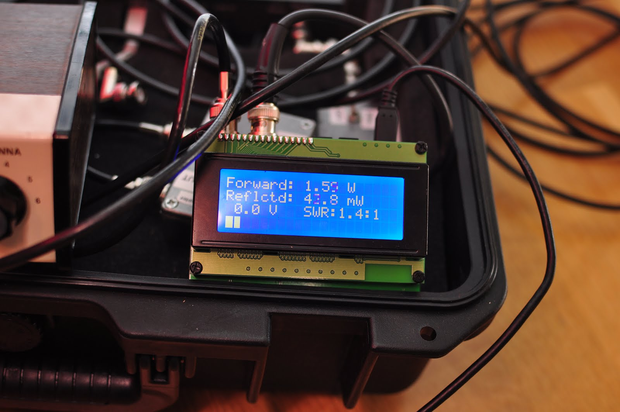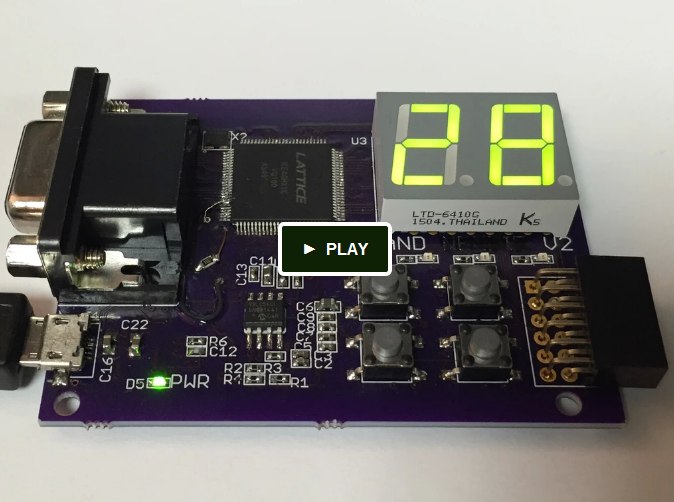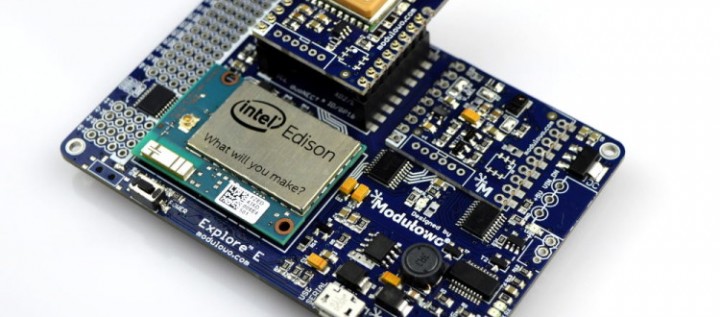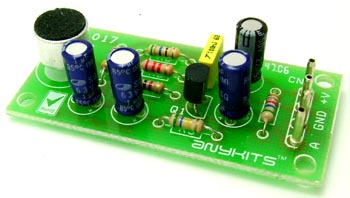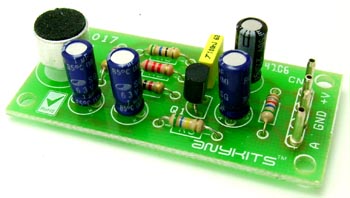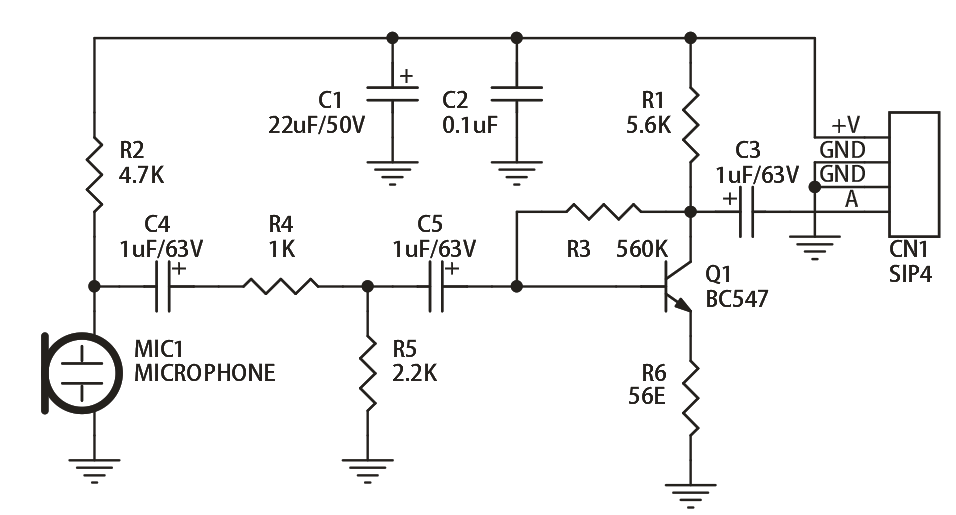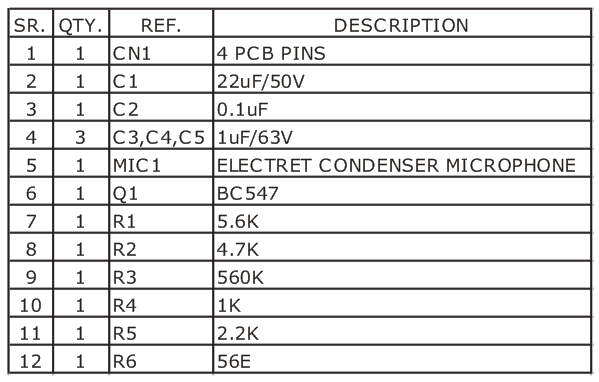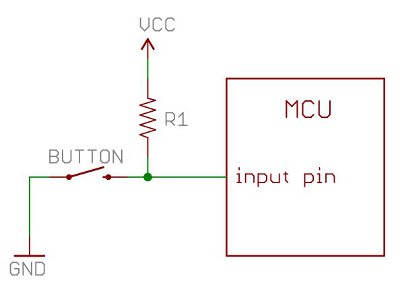This reference design is a power management of Xilinx ZedBoard using MMPF0100 Power Management Integrated Circuit (PMIC). A PMIC is an IC for managing power requirements of the host system and is commonly used in a system-on-chip (SoC) device. On the other hand, the Xilinx ZedBoard, a development board based on Zync-7000 AP SoC, provides appropriate hardware capabilities for interfacing with a number of peripherals and compatible expansion headers for Xilinx Analog to Digital Converter (XADC), FPGA Mezzanine Card (FMC) and Digilent Pmod.
This design utilizes the Freescale’s MMPF0100 PMIC. The 12V from a barrel-jack connector, which supplies the Zedboard, must be stepped down to 3.6V in order to meet the input supply requirement of the MMPF0100. The MMPF0100 provides a highly programmable/ configurable architecture, with fully integrated power devices and minimal external components. The buck regulators in the PF0100 may be configured as five independent regulators to power VCCINT, VCCAUX, VCCO2, VCCO_DDR and VTT_DDR rails. This allows the VTT_DDR rail to automatically track half of VCCO_DDR if they are connected to SW4 and SW3A respectively. The boost regulator in the PF0100 is utilized to supply the VCC5V0 rail. The VCCO1 rail requires a buck converter to convert the available 3.6V to 3.3V, while being capable of supplying 3A. Because most peripherals are supplied through this rail, the current being drawn may vary. Therefore, to ensure safe operation, both this rail and the VCCINT rail are provided with sufficient margins. The Freescale Switched-mode Power Supply (SMPS) MC34713 provides a good option for achieving this. The MC34713 is a highly integrated, space efficient, low cost, single synchronous buck switching regulator with integrated N-channel power MOSFETs.
PMICs minimize energy loss, and hence, they are useful in mobile devices, televisions, and cars. With up to six buck converters, six linear regulators, RTC supply, and coin-cell charger, the MMPF0100 can provide power for a complete system, including applications processors, memory, and system peripherals, in a wide range of applications.
Power Management of Xilinx ZedBoard using MMPF0100 – [Link]



